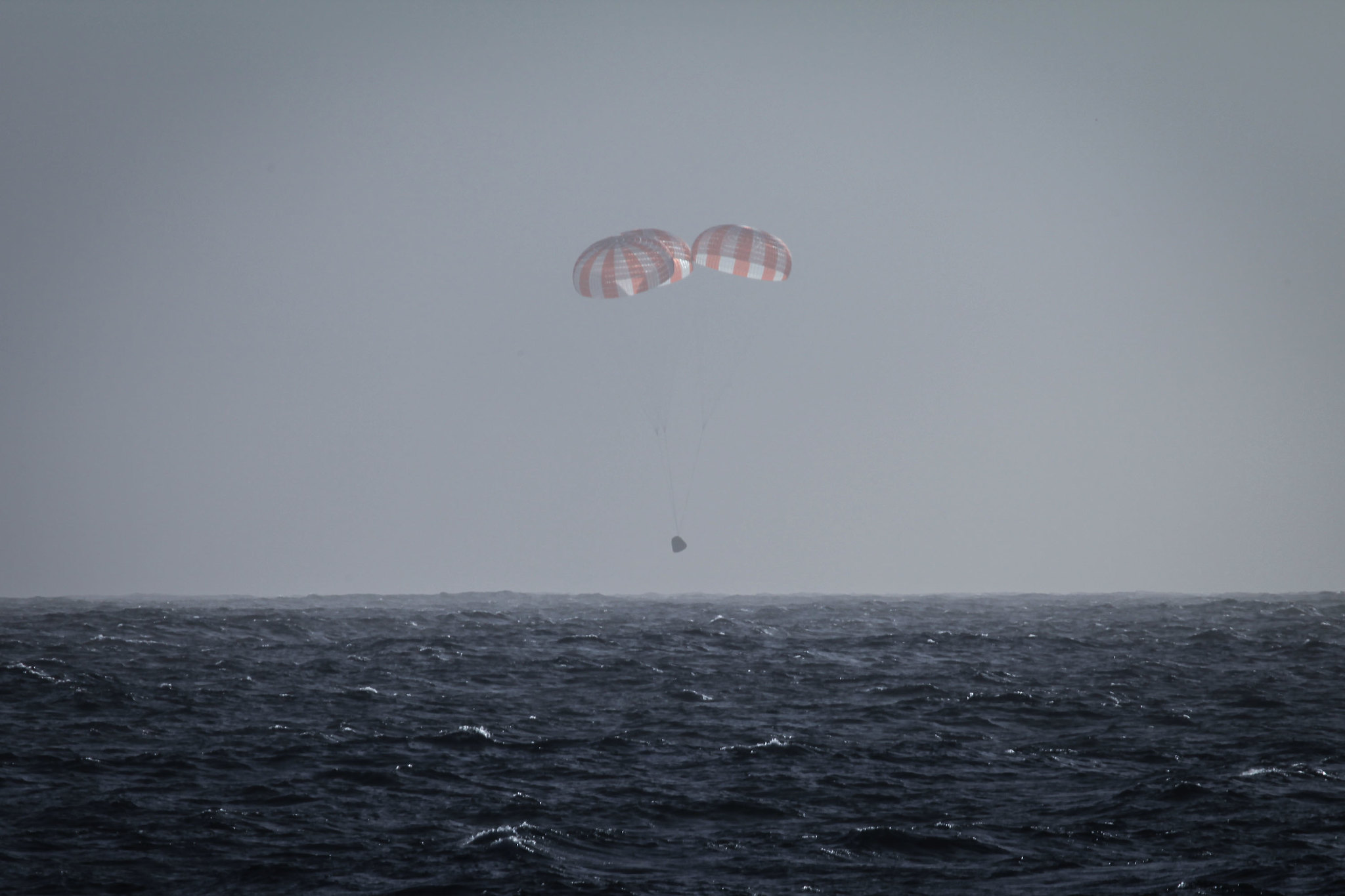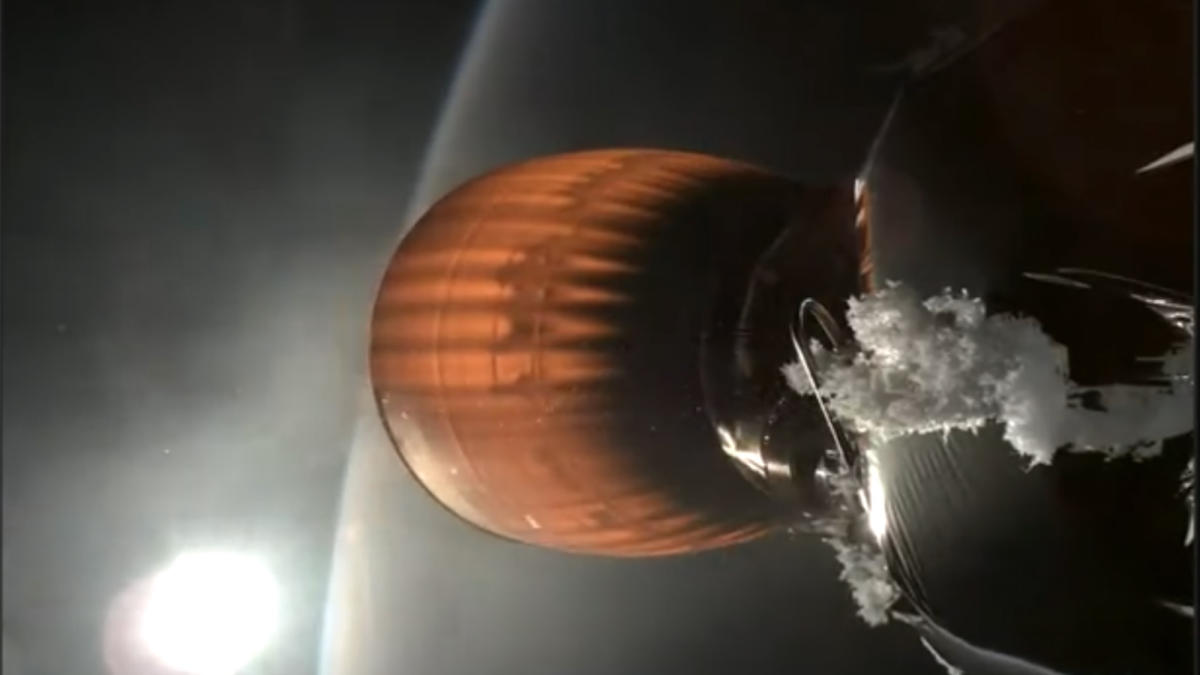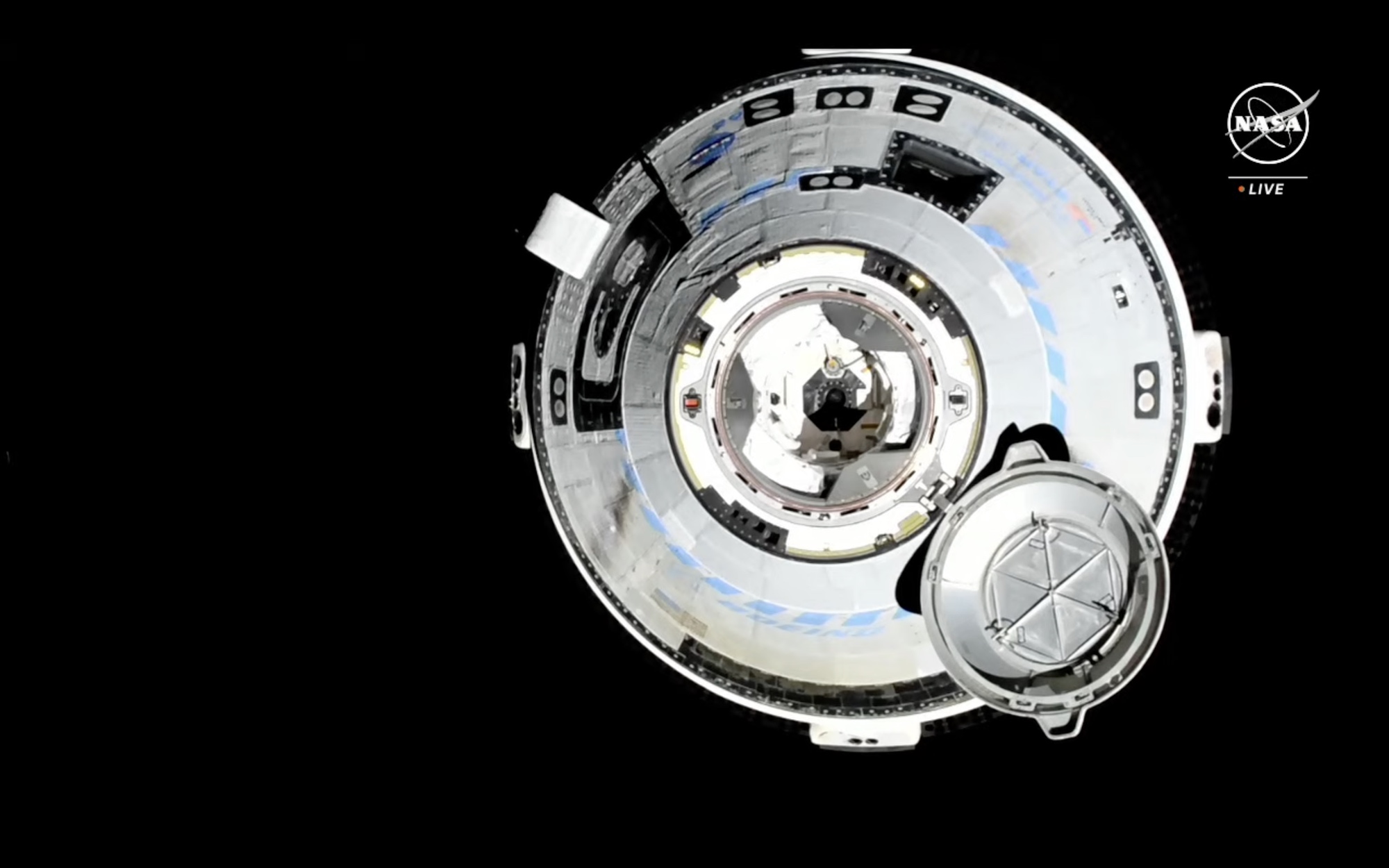Space News Site: https://spacenews.com/lunar-time-standard/
SpaceNews provides in-depth coverage of civil, military and commercial space programs. The website delivers essential coverage to a growing audience of more than 500,00s
52%
The Daily's Verdict
This news site has a mixed reputation for journalistic standards. It is advisable to fact-check, scrutinize for bias, and check for conflicts of interest before relying on its reporting.
Bias
85%
Examples:
- The bias in the articles is generally neutral. The only potential biases found were a slight positive bias towards NASA and its missions.
Conflicts of Interest
50%
Examples:
- There are no clear conflicts of interest found in the articles.
Contradictions
70%
Examples:
- The article mentions that there is no current plan to develop a lunar time standard but also states that NASA has until the end of 2026 to set up Coordinated Lunar Time (LTC).
- There are some contradictions in the information provided about NASA's plans for developing lunar time standard.
Deceptions
10%
Examples:
- The article is generally truthful and does not appear to be intentionally misleading. The only potential deception was that NASA has until the end of 2026 to set up Coordinated Lunar Time (LTC) but it's unclear if this is accurate or a typo.
Recent Articles

SpaceX Shifts Dragon Splashdowns from East to West Coast for Safer, More Efficient Recovery Process
Broke On: Friday, 26 July 2024
SpaceX's Falcon 9 Rocket Failure: Cracked Sense Line Causes Ten Starlink Satellites to Re-enter Earth's Atmosphere
Broke On: Thursday, 11 July 2024
Planting the American Flag on the Moon: The Unforgettable Legacy of Apollo 11
Broke On: Sunday, 20 July 1969
SpaceX Suffers Rare Setback: Liquid Oxygen Leak Causes Loss of 20 Starlink Satellites, FAA Reviews Return to Flight Operations
Broke On: Monday, 15 July 2024
NASA Astronauts Extend Stay at ISS Due to Boeing Starliner's Propulsion System Issues
Broke On: Wednesday, 10 July 2024
SpaceX's Falcon 9 Suffers Unusual Malfunction, 20 Starlink Satellites Deployed into Lower Orbit
Broke On: Thursday, 11 July 2024
NASA Reauthorization Bill: Affirming the SLS Rocket, New Asteroid Mission, and Budget Challenges
Broke On: Tuesday, 09 July 2024
NASA Reauthorization Bill: Affirming the SLS Rocket, New Asteroid Mission, and Budget Challenges
Broke On: Tuesday, 09 July 2024
NASA Astronauts Safe on ISS as Boeing Starliner Undergoes Thruster Tests
Broke On: Friday, 28 June 2024